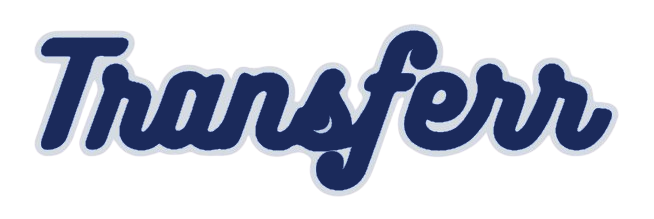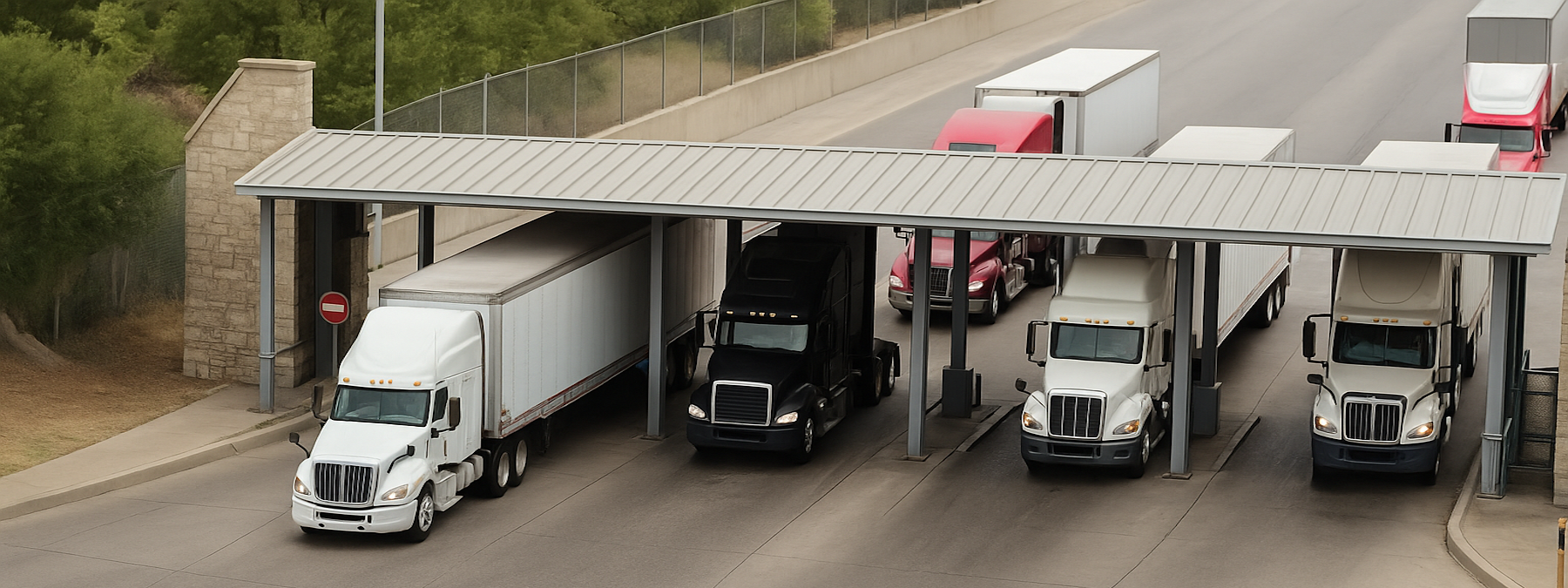Case Study: Enhancing Logistics Visibility with Integrated Dashboards
The Client
Our client is a logistics company managing complex operations involving owned and third-party equipment (trailers, trucks) using multiple systems including ERP/CRM (Magaya), GPS tracking (Epcom), and various manual communication methods (WhatsApp, email, spreadsheets).
The Challenge
The client faced significant hurdles due to data fragmentation across their systems:
- Lack of real-time, unified visibility into equipment location, operational status, and availability (current and future).
- Inefficiencies in allocating available equipment and drivers to new orders promptly, leading to difficulties answering "What can we sell right now?".
- Siloed information and communication channels hindered coordination between traffic control, sales, maintenance, and drivers.
- Difficulty in tracking order progress efficiently and managing proactive equipment maintenance.
- Significant operational friction due to manual processes and data lookups across different systems.
Ardentia's Solution: Integrated Data, Vital Metrics, and AI Versatility
Ardentia proposed a comprehensive, phased solution to create an integrated Logistics Optimization platform:
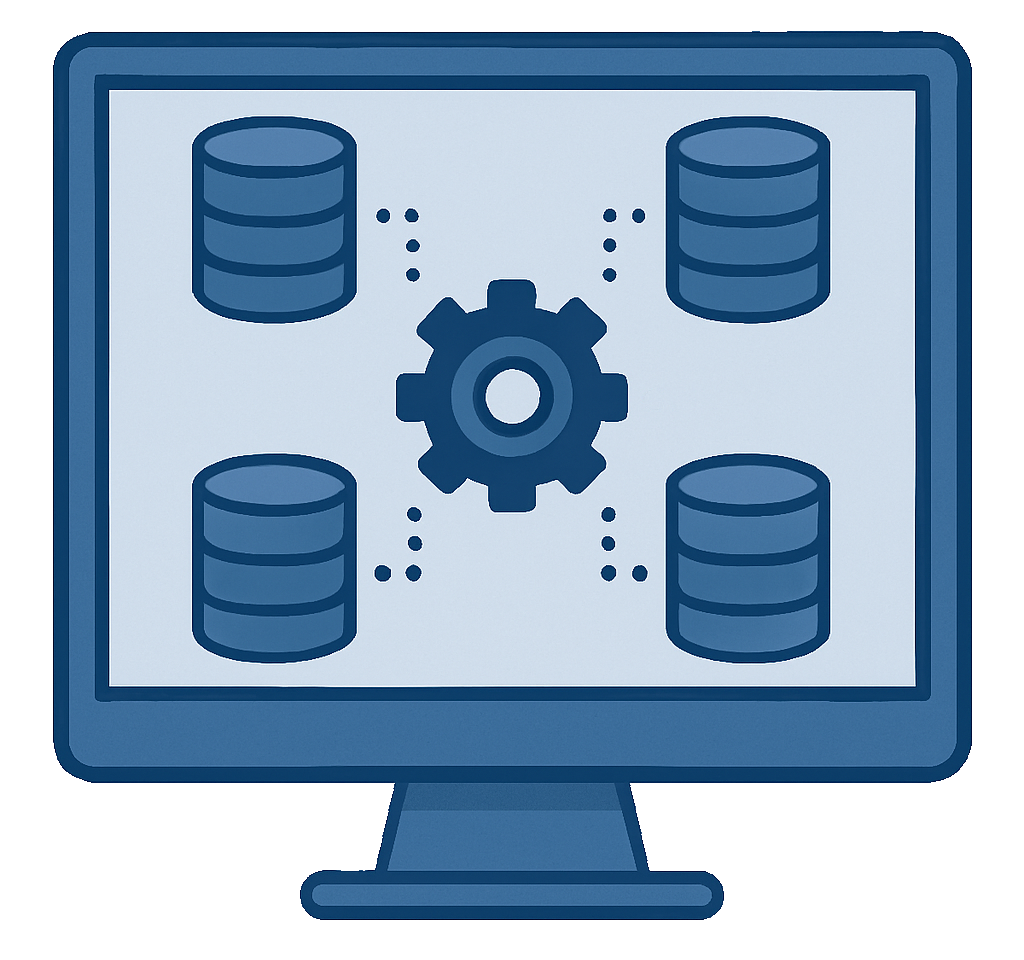
Data Ecosystem Integration
To break down critical information silos, Ardentia first focused on integrating the client's disparate data ecosystem. We connected key systems, including their ERP/CRM, GPS data, and Operational chats, establishing reliable data pipelines into a unified backend repository. This foundational step eliminated data fragmentation and created a single source of truth, essential for providing accurate, real-time operational visibility.
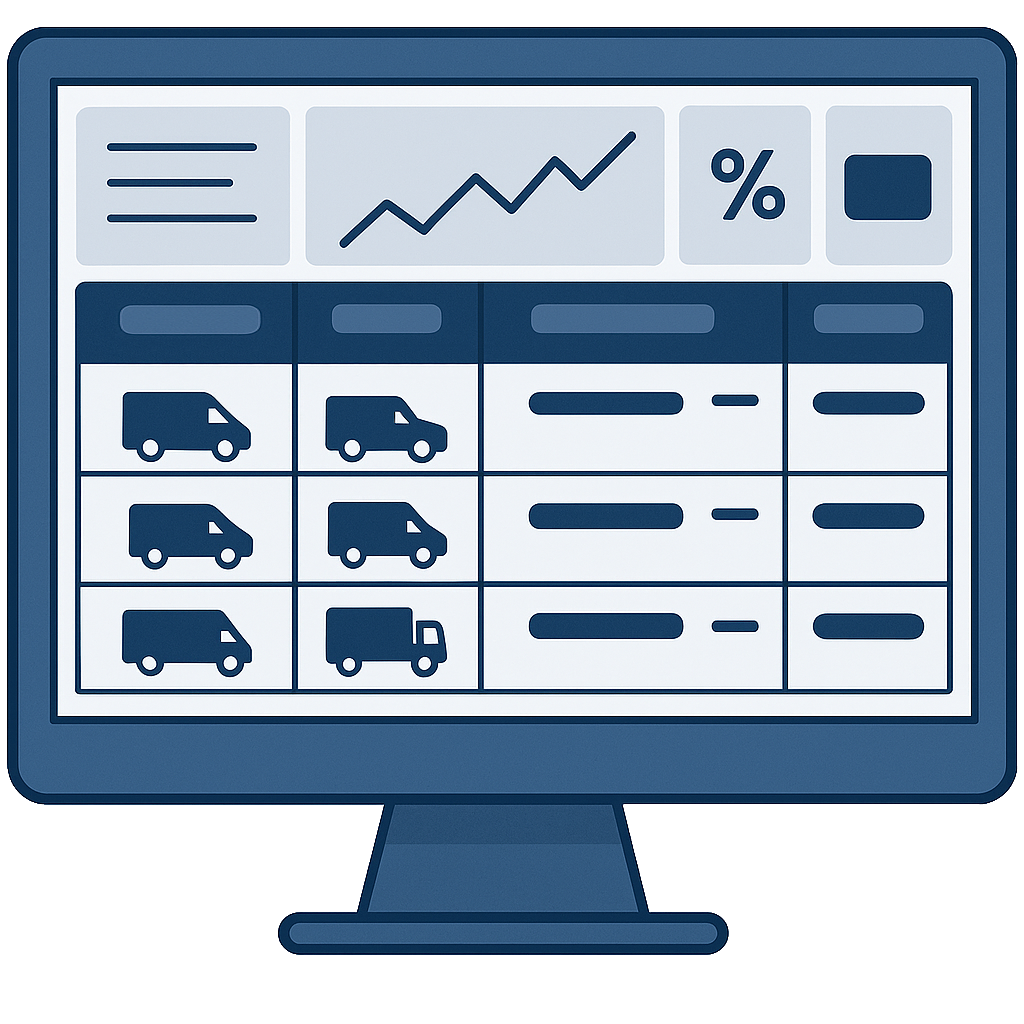
Custom Dashboard Development
Collaborating closely with client teams, we defined vital metrics to power role-based 'Control Tower' dashboards. These tools provided unified visibility and actionable insights—optimizing asset allocation and real-time tracking. Crucially, clear data on current and forecasted equipment availability empowered the sales team to confidently sell future utilization, maximizing revenue potential.
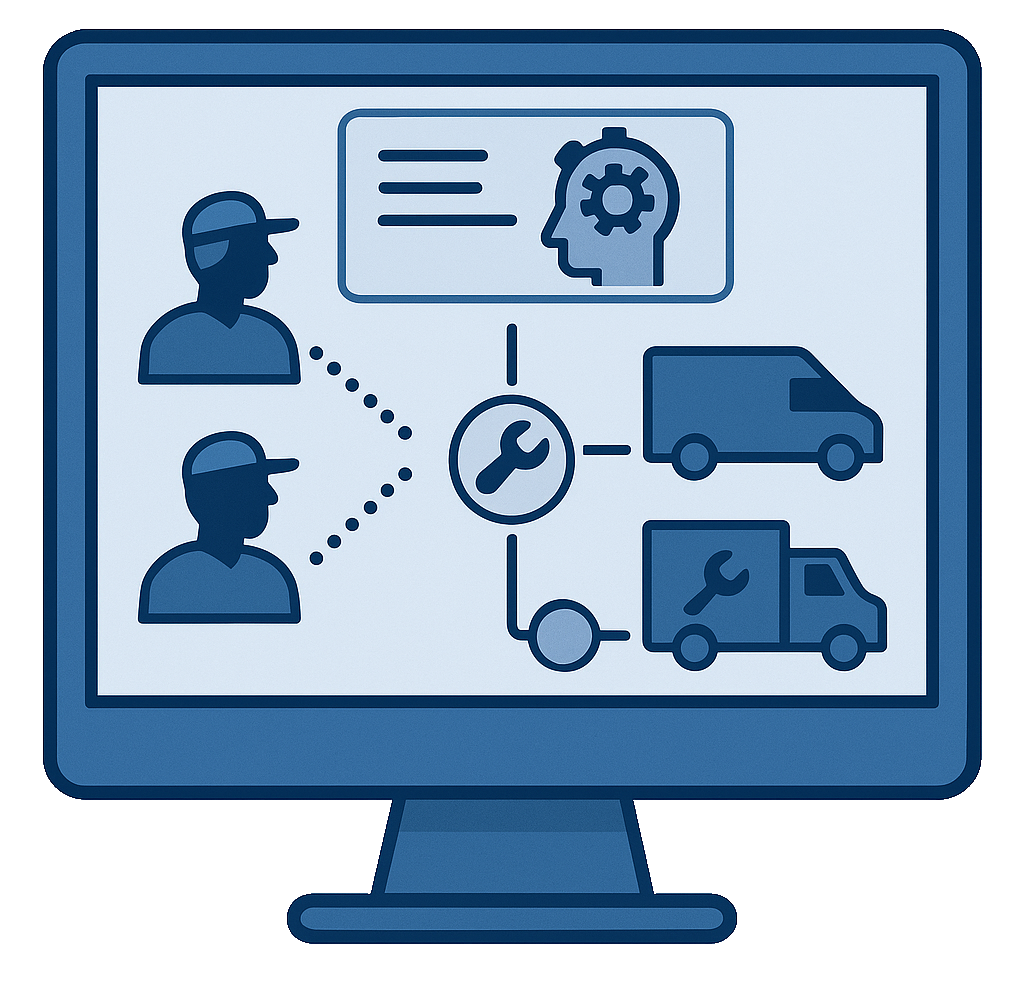
Automation & AI Enhancements
Finally, we layered intelligent automation onto the platform to further reduce manual effort and operational friction. This included implementing proactive notifications for critical events like required maintenance or excessive asset idle times. AI-powered recommendations were also introduced to enhance driver-equipment matching, further optimizing resource allocation and contributing to a more streamlined, predictive, and efficient logistics operation.
Technologies Leveraged
- Client Systems Integration (ERP/CRM, GPS, and Chat APIs)
- Custom Data Pipelines
- Supabase (Database)
- Node.js / React
- LlamaIndex (Document Parsing/Intake)
- n8n (Automation Platform)

The Results: Unified Visibility and Optimized Operations
While specific metrics achieved post-deployment are client-confidential, the integrated platform was designed to deliver significant value:
- Breaking Down Silos: Creating a single source of truth for operational data.
- Maximizing Asset Utilization: Reducing idle time and enabling faster, more effective allocation of equipment and drivers.
- Enhancing Real-time Visibility: Providing instant answers to critical operational questions.
- Improving Planning & Decision Making: Empowering staff with data-driven insights for dispatching, sales, and maintenance.
- Streamlining Workflows: Reducing manual effort and operational friction through intuitive dashboards and automation.
- Enabling Proactive Maintenance: Minimizing unexpected downtime and associated costs.
- Providing a Scalable Foundation: Creating a platform for future growth and optimization initiatives.
From The Client
"We were drowning in fragmented data and constantly struggled with asset visibility. Ardentia's integrated dashboards didn't just give us insights; they transformed our operations. Seeing everything in one place allowed us to make much smarter allocation decisions. The results speak for themselves: we've cut equipment idle times by 42% and seen a corresponding 28% increase in revenue. It's fundamentally changed how efficiently we operate."
– Head of Operations, Logistics
Key Takeaways
Integrating fragmented data sources and providing role-specific, real-time visibility through tailored dashboards are crucial for optimizing complex logistics operations. This approach empowers teams to make faster, data-driven decisions, maximize asset utilization, and significantly reduce operational friction.
